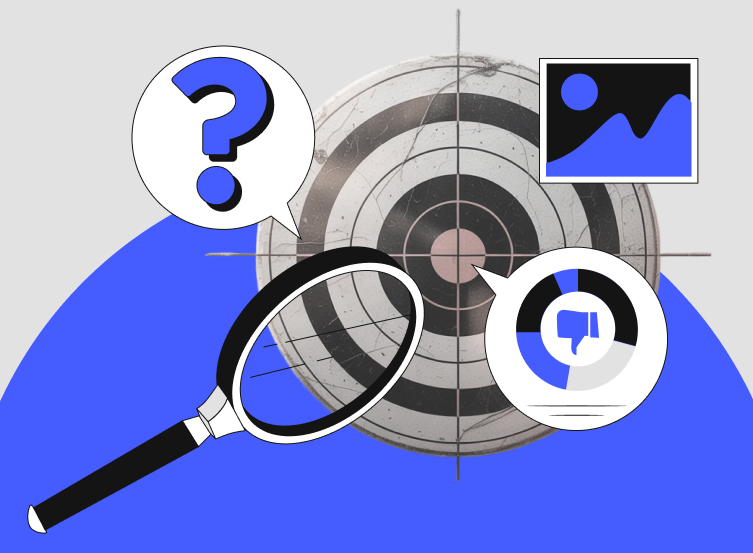Fact-checking techniques

Fact-checking is the verification of the information done to ensure that it is accurate. Sometimes dubious news on the web and clickbait headlines can be confusing. Each of us can recognize whether it’s true or false — with the use of these fact-checking techniques.
Here are the reliable ways to verify information that will help in establishing the truth.
Read the whole text
Read the entire text. The title of the text can be loud and provocative, but may have no connection with the content of the article (this phenomenon is called clickbait).
Check the authorship
Find information about the expert or author of the publication. People often copy posts from unverified sources. If the information is published on social media, check the user’s account. It could be a bot or a hacked profile. Anonymous sources are also questionable.
Original source
Try to find the original source of the publication. If it is a translation from a foreign resource, check the original. The text can be misinterpreted or simply distorted in translation.
Jokes
Make sure the information was intended as a joke. Fake messages may originally be posted on humor portals.
Check multiple resources
Try to check information using several sources. If sensational news is published in one or two dubious channels, it is better to double-check the data.
Facts
Pay attention to the facts. You can check the search engine to see if names, titles, dates, company and geographic locations, as well as contact information are correct.
Unfamiliar terms
If there are unknown or unclear definitions in the text, find out what they mean.
Statements
All quotes should be questioned and the original source should be sought.
Fake photos and pictures
Images can be generated by a neural network, changed in a graphic editor or not related to the context at all. To check them, you can use special services and image search.
Material with errors
Pay attention to errors and typical language constructions in the text. For example, the phrases “as everyone knows”, “information from an acquaintance in law enforcement”.
Electronic address of the resource
Check the web address of the page. A fake website can be disguised as an original one, but a few characters will be different.
Feedback from commenters
Read the comments below the post. Someone in the audience may have noticed and written about the oddities and inconsistencies in it.
Assessments in research
Pay attention to what the assessments and selections are based on. It may be the results of a real study, or it may be just a personal opinion of the author.
Critical evaluation of the material
Be sure to control your emotions and try your best to evaluate information impartially using critical thinking.
Common sense
It is important to steer clear of cliches and stereotypes. You should not rely on guesses, speculations and unfounded perceptions in your work.